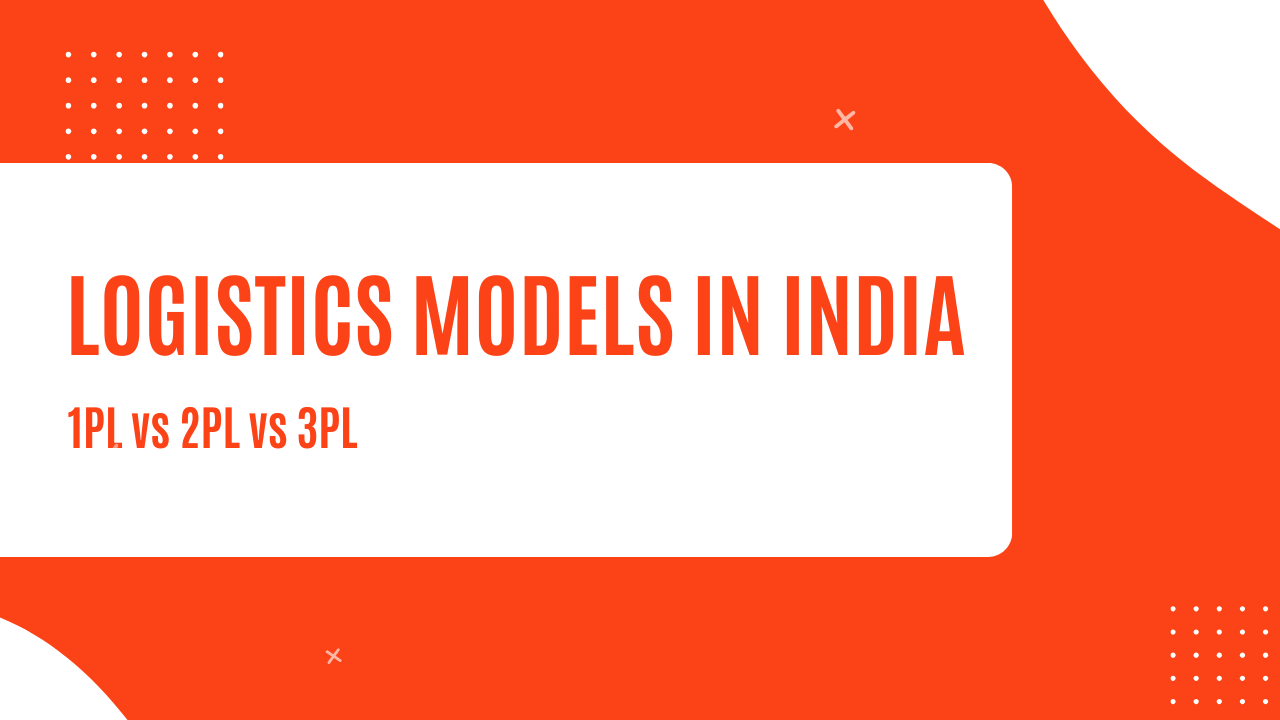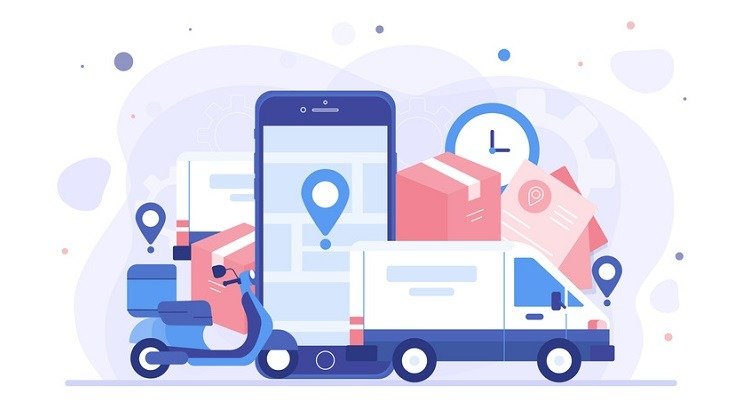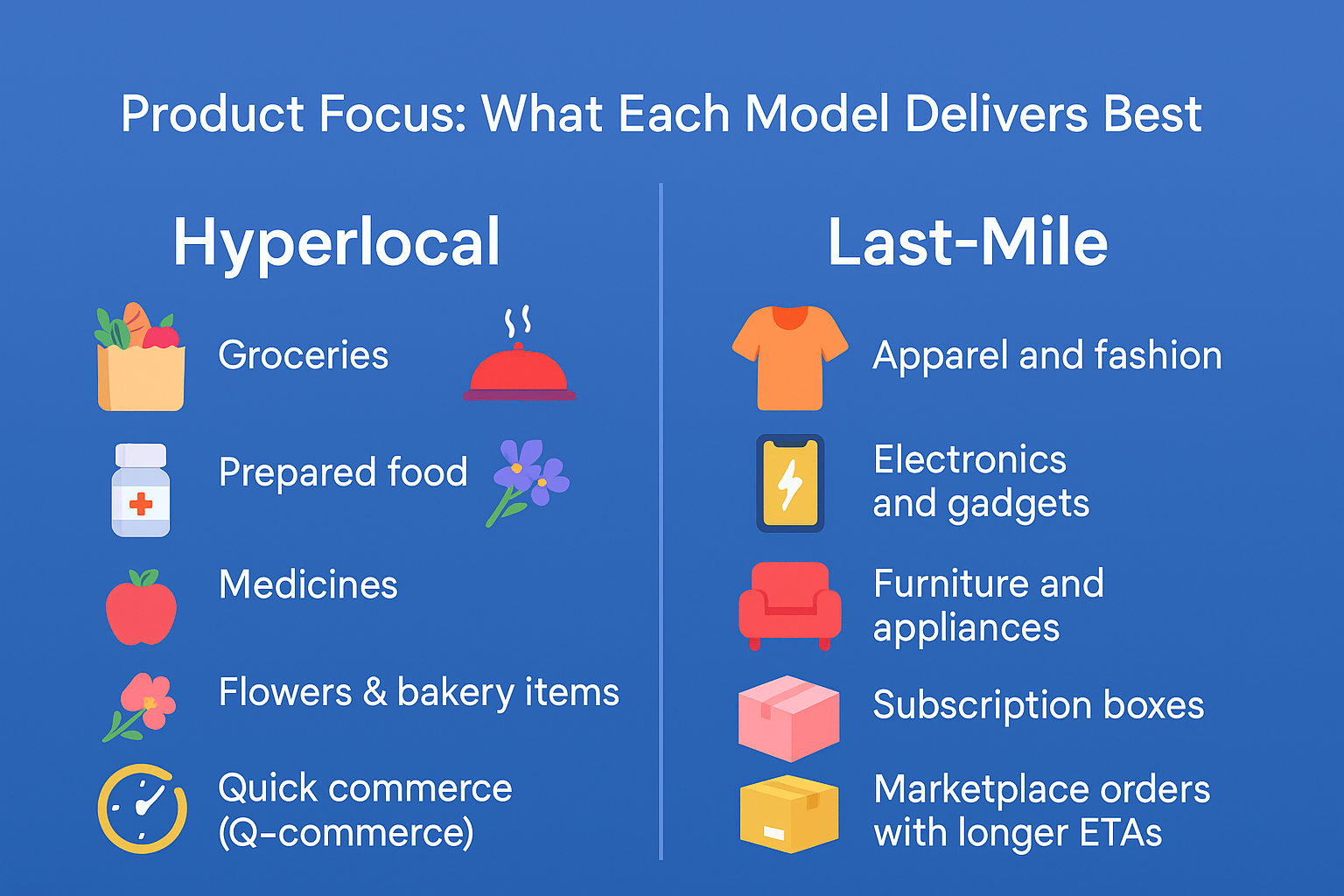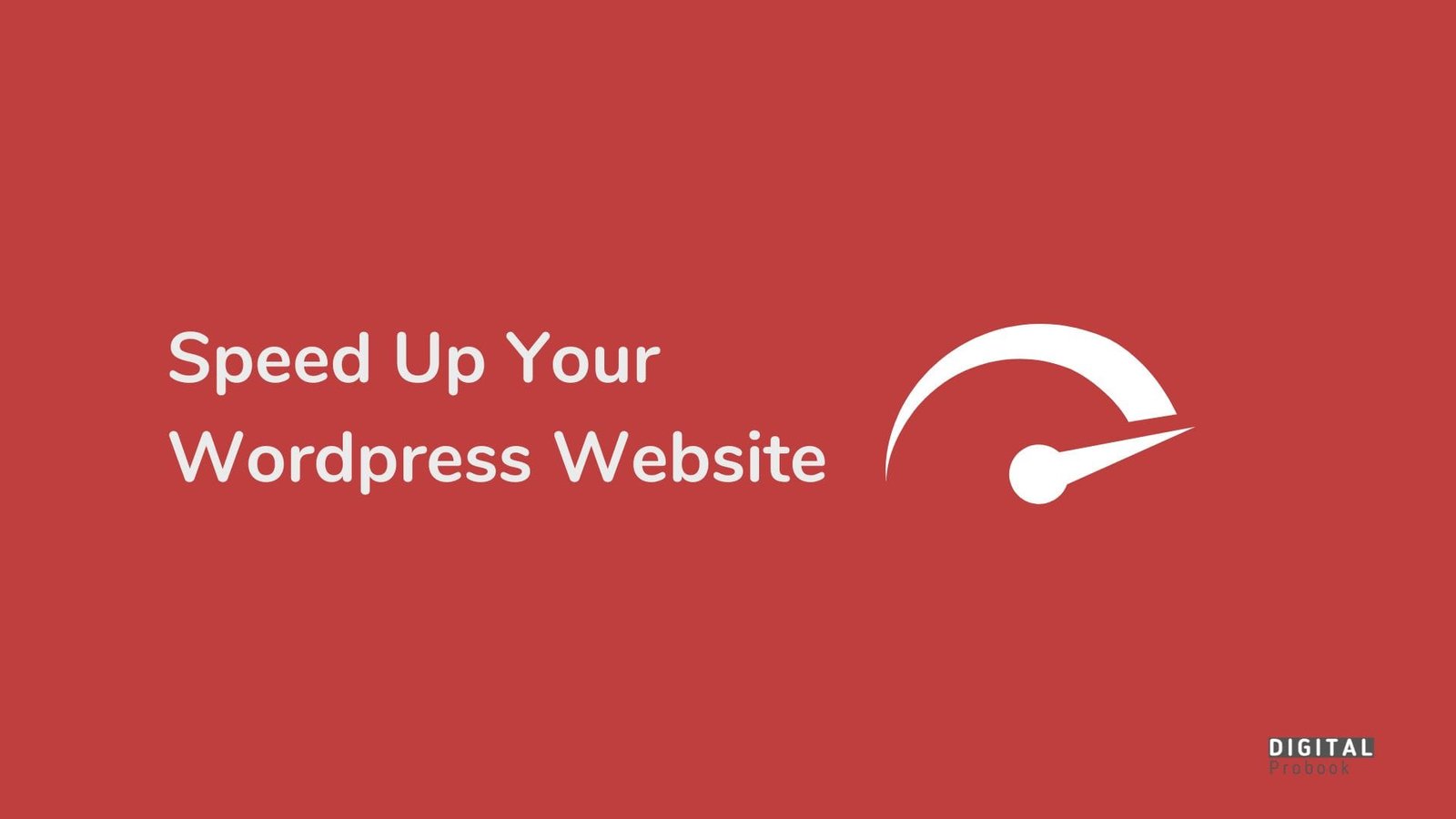TABLE OF CONTENTS
ToggleChoosing the right logistics model is crucial for businesses that want to deliver faster, optimize costs, and maintain a seamless supply chain.
Let’s Imagine you are a founder of a fastest-growing D2C brand in Mumbai. And your online orders are increasing day by day. Last month, a single Instagram reel went viral and your brand got boom, and overnight, demand surged not just from metros, but from tier-2 cities and even small town also.
At first, your in-house team and a couple of local vans managed delivery, but soon you found yourself juggling late orders, rising costs, and frustrated customers. The question became urgent: Should you keep handling logistics yourself, contract a few transporters, or hand everything to a specialist? This is the crossroads every ambitious Indian business faces a choice between 1PL, 2PL, and 3PL logistics models.
This article explains the differences between 1PL, 2PL, and 3PL, explores their roles in hyperlocal and last mile delivery, and helps you decide which model is best suited for your business in India’s dynamic market.
Logistics Models Explained: 1PL, 2PL and 3PL.
Each logistics model comes with trade-offs in control, cost, scalability, and technology adoption. To navigate modern logistics, it’s vital to understand the basic building blocks.
First-Party Logistics: (1PL) means a business manages its own logistics end-to-end. Think of BigBasket, which owns warehouses and runs its own delivery fleet. Here, everything from inventory storage to doorstep delivery is controlled in-house, offering direct oversight but demanding significant investment and operational complexity.
Second-Party Logistics: (2PL) introduces a partner into the mix. Businesses continue to handle core logistics but outsource specific segments typically transportation or warehousing to specialized carriers. For example, Myntra may use TCI Express or Gati to move goods from a central warehouse to city hubs, but maintains control over inventory and the final customer touchpoint. This model offers more flexibility and reach, especially across India’s vast geography.
Third-Party Logistics: (3PL) is where logistics becomes a true partnership. Companies like Delhivery, Ecom Express, and Xpressbees manage everything from warehousing and picking to shipping and returns. D2C brands such as Bewakoof or mCaffeine trust these 3PL providers to handle the entire supply chain, freeing up the business to focus on marketing and growth. The 3PL model enables instant scalability and nationwide reach, especially valuable in India’s competitive, hyperlocal e-commerce environment
Comparing the Models: 1PL vs 2PL vs 3PL
1PL is ideal for large companies with high volume and the ability to invest in assets. You control everything but also shoulder every operational challenge from hiring drivers to maintaining fleets and warehouses.
2PL offers flexibility without full relinquishment of control. You can reach new markets by tapping trusted carriers for transport or warehousing, but still have to manage handovers and integration between systems.
3PL is the go-to for brands prioritizing scale, efficiency, and focus. By fully outsourcing logistics to experts, you leverage their technology, networks, and operational muscle but may give up some day-to-day control and direct customer interaction.
For many Indian e-commerce brands, a hybrid approach evolves: core metros managed in-house (1PL), long-haul routes with a 2PL, and remote areas or last mile with a 3PL. The right mix is often dictated by growth stage, customer locations, and business ambitions.
Spotlight: The Rise of 3PL Logistics Providers in India
The Indian logistics scene is experiencing a 3PL boom. As brands race to serve customers from Delhi to Chennai, 3PL providers like Delhivery, Ecom Express, and Xpressbees have become growth enablers handling everything from inventory storage to multi-city shipping and reverse logistics. Their investment in technology (real-time tracking, automated fulfillment, and digital documentation) enables smaller brands and MSMEs to compete with larger players, offering reliable, fast delivery without upfront infrastructure costs.
3PLs also excel in integrating hyperlocal delivery and last mile capabilities, allowing D2C brands to promise “same-day delivery” in metro areas and “3-day delivery” even to remote pin codes. For Indian startups and digital-first retailers, 3PL is often the launchpad for national expansion and customer delight.
Hyperlocal & Last Mile Logistics
India’s hyperlocal and last mile logistics have redefined customer expectations. Hyperlocal logistics refers to delivery within a tight geography think food, groceries, or pharmacy orders fulfilled within hours, often by local riders on two-wheelers. Brands like Dunzo and Swiggy Instamart have set the bar for rapid hyperlocal fulfillment, leveraging a mix of technology, local partnerships, and dense city networks.
Last mile logistics, meanwhile, focuses on the final step: getting a product from the nearest hub or warehouse to the customer’s doorstep. This is often the most complex and expensive leg, plagued by traffic jams, address confusion, and the need for real-time coordination. Top e-commerce platforms combine hyperlocal delivery and last mile expertise using their own riders in key metros and partnering with local courier or 3PL networks in tier-2 and tier-3 cities.
Integrating Hyperlocal, Last Mile, and 3PL for Competitive Advantage
Savvy Indian brands are blending hyperlocal, last mile, and 3PL models to unlock new levels of efficiency and customer satisfaction. For example, a fashion D2C brand may use a 3PL provider like Delhivery for national warehousing and shipping, but tap hyperlocal players for same-day delivery in Mumbai or Bangalore. Meanwhile, last mile orchestration platforms such as Pidge and Locus enable real-time visibility, route optimization, and automated order allocation across various fleets and partners.
This integrated approach lets businesses offer hyperlocal speed in metros, affordable reach in smaller towns, and flexible scale as demand fluctuates all managed via a single logistics dashboard. With Indian consumers demanding faster delivery and more convenience, this hybrid logistics strategy is becoming the norm.
Making the Right Choice for Growth
There’s no universal answer to which logistics model is best for your business. The right choice depends on your scale, product, target customers, and growth ambitions. As India’s market becomes more hyperlocal and last mile focused, flexible, tech-enabled logistics partnerships are the surest way to win customer loyalty and drive sustainable growth.









